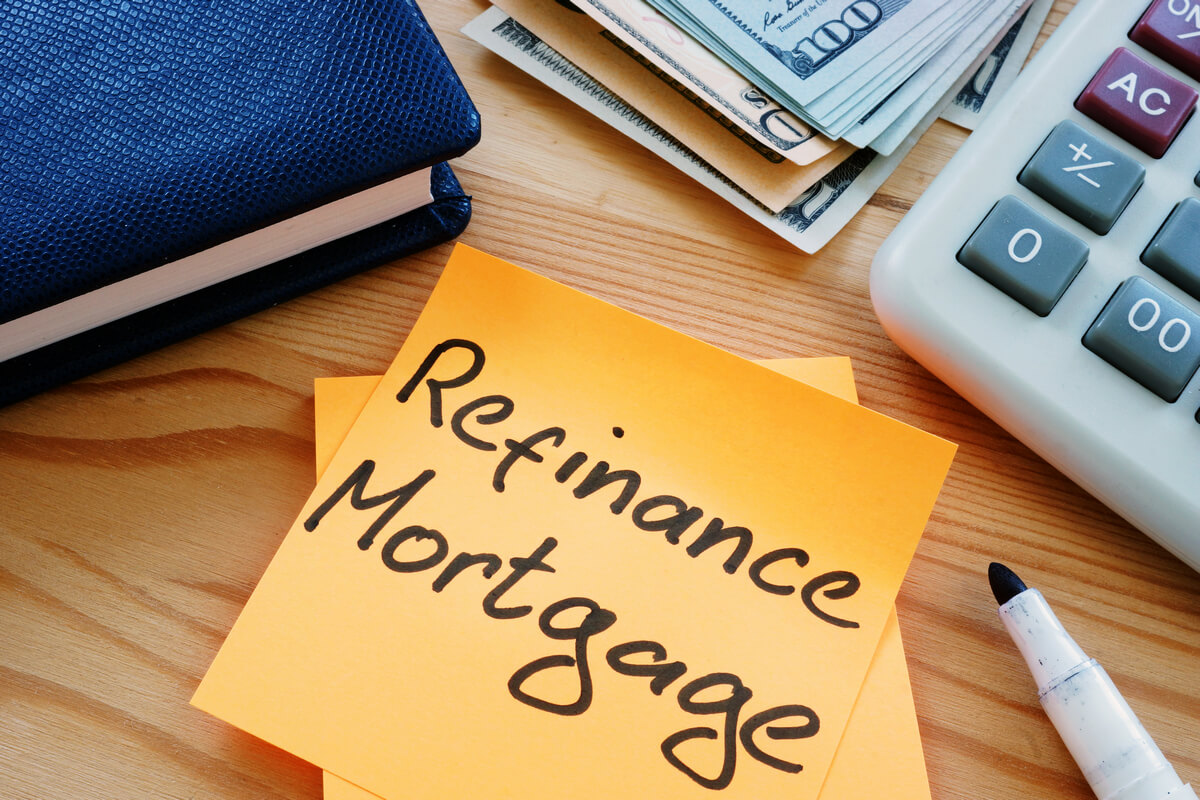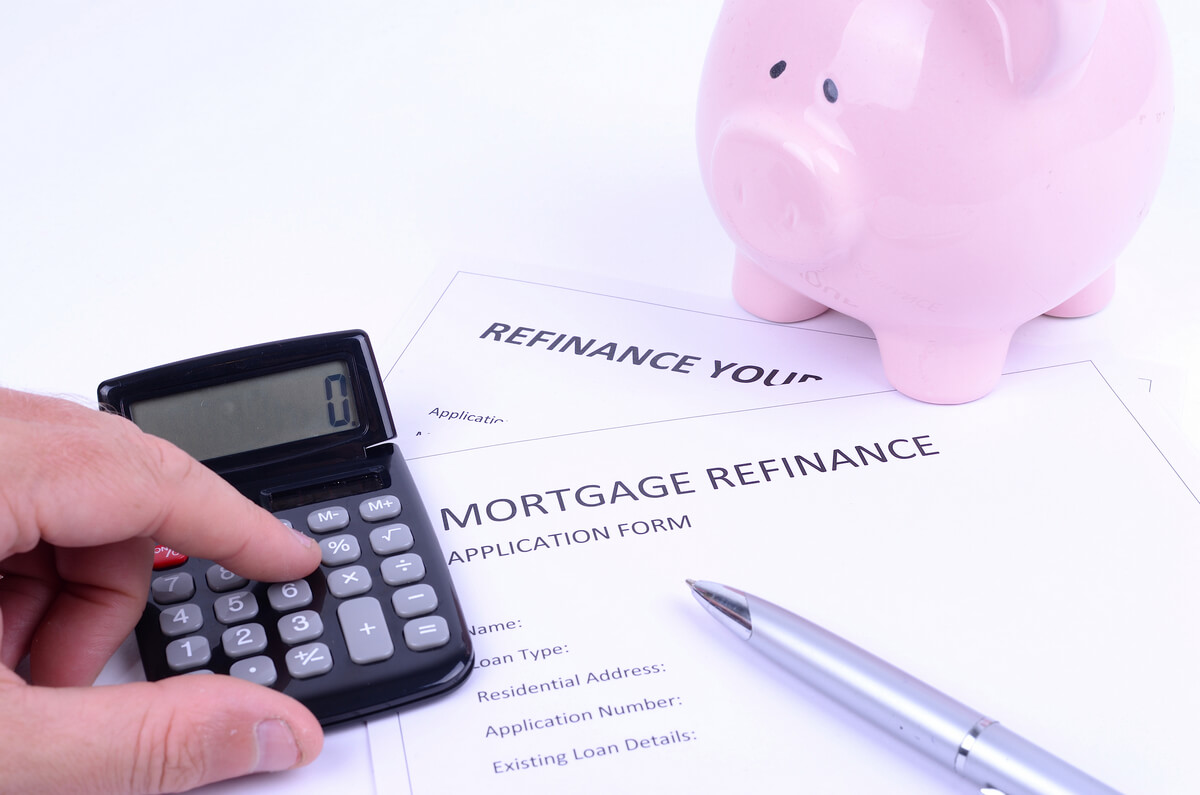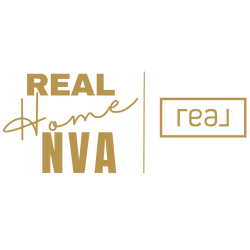Refinancing your mortgage can be a great way to reduce your monthly payments and open up some room in your budget. If your credit score has increased since you were approved for your home loan, you may be able to get a more competitive interest rate by refinancing. Sometimes, homeowners also refinance when the average mortgage interest rate drops below their current rate.
It’s impossible to perfectly predict your own financial future or the future of the overall economy, so finding the right timing for your refinance is difficult. You might worry that refinancing now will make you unable to refinance when a better opportunity opens up in the future. Refinancing can be a lengthy process, so you don’t want to go through it over and over. Also, some lenders have restrictions on how frequently you can refinance. Understanding the rules and regulations surrounding mortgage refinancing can help you make the best choice within your current circumstances.

Waiting Periods Between Refinancing
Fortunately, there is no set limit to how many times you can refinance your house. Some people refinance several times over the lifespan of their mortgage, and they don’t regret the decision as it saved them thousands of dollars in the long run.
However, in many cases, lenders enforce a waiting period between refinances or between the original closing of your mortgage and a refinance. This waiting period generally lasts for six months, but it can vary between lenders.
For a cash-out refinance, which provides you with cash in exchange for a larger mortgage loan, lenders almost always require a six-month waiting period. For a traditional refinance, though, you may be able to get around the waiting period requirement if you do the new refinance with a different lender. If you find another lender that’s willing to refinance your house, you may not have to wait.

Refinancing a Government Backed Mortgage
Government-insured mortgages have stricter and more specific requirements for refinancing than mortgages from private lenders. If you have an FHA loan, you could go through the FHA streamline refinance program to lower your interest rate. For this option, you must wait seven months from the closing date of your mortgage and six months from the due date of your first payment.
VA loans have similar requirements through the VA streamline refinance program. You’ll have to wait until seven months from your first mortgage payment or until the date of your sixth mortgage payment, whichever date is later. For a cash-out refinance for your VA loan, you have to wait seven months from the closing date of your original mortgage.

The Cost of Multiple Refinances
Although there may be ways to dodge your lender’s waiting period, you also have to consider whether it’s a wise financial move to go through multiple refinances in such a short amount of time. If you refinanced your home a few months ago, you might be tempted to refinance again when you see the average interest rate drop. Unless there’s a dramatic change in your financial situation, though, it’s probably not worth it to refinance again so soon.
Like with your original mortgage, you’ll have to pay closing costs when you refinance. There are a number of costs associated with a refinance, including the application fee, title search, and appraisal. Costs vary depending on the lender you work with, but most homeowners pay at least 2 percent of the loan amount in fees and closing costs.
For one refinance that significantly reduces your interest rate and monthly payment, the closing costs are likely worth it. If you refinance multiple times in one year, though, the costs will probably exceed what you’d save from lower monthly payments. You can calculate your expenses versus your savings on an additional refinance to decide whether or not it’s a good financial decision.

How to Know Whether You Should Refinance
As long as you’re outside the required waiting period set by your mortgage lender, the decision to refinance is yours. Although everyone’s situation is different, there are some key signs that may indicate that refinancing is a smart financial move.
If the current refinance rates are more than 1 percentage point lower than your interest rate, refinancing could save you a considerable amount of money. If the rates have only dropped by a fraction of a percentage point, the savings may not be enough to justify the refinance.
Another situation in which refinancing is worthwhile is if your credit score has increased since you closed on your home. A few points probably won’t make a difference, but a dramatic change in your score could get you a much lower interest rate when you refinance.
Lastly, refinancing may be necessary if you’re struggling to manage your current payments. There are plenty of reasons why it might become difficult to make your monthly payments, such as a change in job, the birth of a child, or a large and unexpected expense. If your budget has tightened up, refinancing could reduce your monthly payments enough to give you peace of mind.
Refinancing is a valuable way to cut down on your interest payments for your mortgage, but you shouldn’t feel obligated to refinance every time interest rates drop or your credit score increases. The average homeowner might refinance their mortgage a few times over the lifespan of the loan, but excessive refinancing can be stressful, time-consuming, and costly. With most loans, six months is the minimum waiting period between refinances, but unless there’s been a drastic change in your finances, you should probably wait for longer. Calculate the savings and the expenses, consider the benefits and drawbacks of refinancing, and consult with a trusted financial expert if you aren’t sure of the right decision.
Be sure to check out the Home Valuation Tool or reach out for your personalized Home Value Report! You may also find the Home Buying and Selling Guides handy too!
I look forward to supporting you soon!



